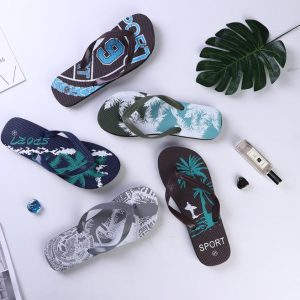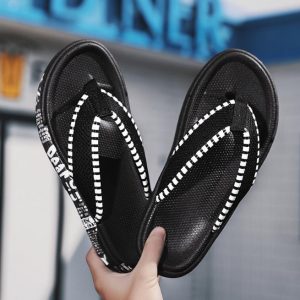Myth 1: Flip flops are suitable for all-day wear. Truth: While flip flops are convenient and perfect for short-term use, they are not designed for extended periods of walking or standing. They lack the necessary support and cushioning required for all-day comfort, potentially leading to foot fatigue and discomfort.
Myth 2: Flip flops are good for your feet. Truth: Regular flip flops generally lack proper arch support and cushioning, which can lead to foot problems, such as plantar fasciitis, arch pain, and tendon strain. They do not provide adequate stability and protection compared to supportive shoes or sandals.
Myth 3: Flip flops are the best choice for summer footwear. Truth: While flip flops are a popular choice for casual summer wear, they are not the best option for activities that require more support and protection, like long walks, hikes, or sports. For such activities, closed-toe sandals or athletic shoes are more appropriate.
Myth 4: Flip flops don’t cause any foot issues. Truth: Prolonged use of flip flops can lead to foot problems, especially if they lack arch support or proper cushioning. Conditions such as blisters, calluses, and even injuries like stubbed toes or sprains can result from wearing flip flops in certain situations.
Myth 5: All flip flops are the same. Truth: Flip flops come in various styles and designs, ranging from basic to ergonomic and supportive options. Choosing a well-designed pair with arch support, cushioning, and good materials can make a significant difference in comfort and foot health.
Myth 6: Flip flops are water-friendly footwear. Truth: While flip flops are often worn at the beach or around water, not all flip flops are water-friendly or quick-drying. Some may retain water and take longer to dry, which can lead to discomfort and foot issues.
Myth 7: Flip flops are only suitable for warm weather. Truth: Flip flops are generally associated with warm weather, but they can be worn in moderate climates or indoors throughout the year. However, they may not provide adequate warmth and protection during colder seasons.
In summary, flip flops are convenient and comfortable for short-term use in appropriate settings. However, they are not a substitute for proper footwear with adequate support and cushioning, especially for activities that involve prolonged walking or physical exertion. It’s essential to choose well-designed flip flops and use them judiciously to avoid foot-related problems and injuries.


















